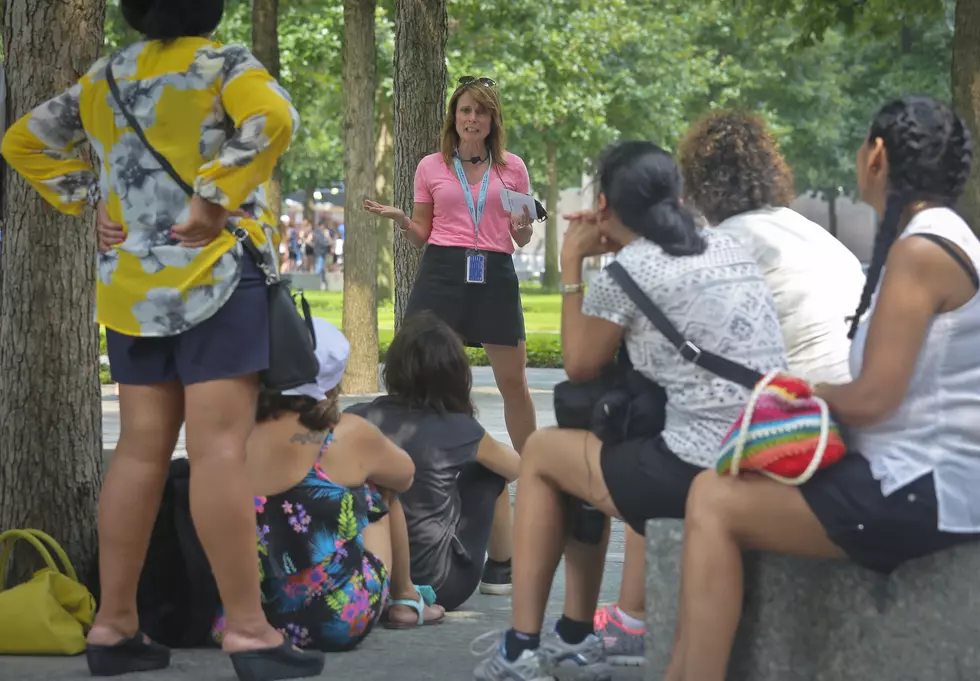
$3.9 billion World Trade Center transit hub nears completion
NEW YORK (AP) -- When the $3.9 billion transportation hub at New York's World Trade Center opens later this year, commuters and visitors will get to decide for themselves whether architect Santiago Calatrava's bird-in-flight design has been translated into a grand public space that justifies years of delays and cost overruns.
The transportation hub is supposed to create a seamless connection between PATH trains to New Jersey, 11 New York City subway lines and a Hudson River ferry terminal while providing lower Manhattan with a counterpoint to midtown's beloved Grand Central Terminal.
"It's truly something that will rival the beauty and grandeur of Grand Central," Steven Plate, director of construction for the World Trade Center, said in an interview Thursday at the trade center site.
Originally budgeted at $2 billion with a 2009 completion date, the project became one of the most vexing components of the massive effort to rebuild the trade center and reinvigorate downtown Manhattan after the 2001 terrorist attacks.
The mounting budget has been blamed on factors including the architect's exacting vision and infighting between politicians and government agencies that have controlled the trade center site in the years since Calatrava's design was unveiled in 2004.
Cost considerations forced changes to the original design for a building with birds' wings that would actually move. The wings are still but Calatrava's original sketch can still be seen in the bird that hovers over underground rail lines.
Construction workers are installing the final panes of glass between the bird's steel ribs. Inside, sunlight is filtered through the skylight 160 feet above the floor, soon to be sheathed in Italian marble.
Erica Dumas, a spokeswoman for the Port Authority of New York and New Jersey, which owns the trade center site, said the transportation hub will open in stages throughout this year. Eventually 100,000 daily commuters will stream through the site along with shoppers drawn to the 350,000 square feet of planned retail space.
Margaret Newman, executive director of the Municipal Art Society, a civic group focused on urban planning, said she believes the costs will be forgotten once the transportation hub is fully operational.
"I think it's going to be spectacular," Newman said. "I think it's going to be the kind of space that New York City deserves."
© 2015 The Associated Press. All rights reserved. This material may not be published, broadcast, rewritten or redistributed. Learn more about our Privacy Policy and Terms of Use.
More From New Jersey 101.5 FM









